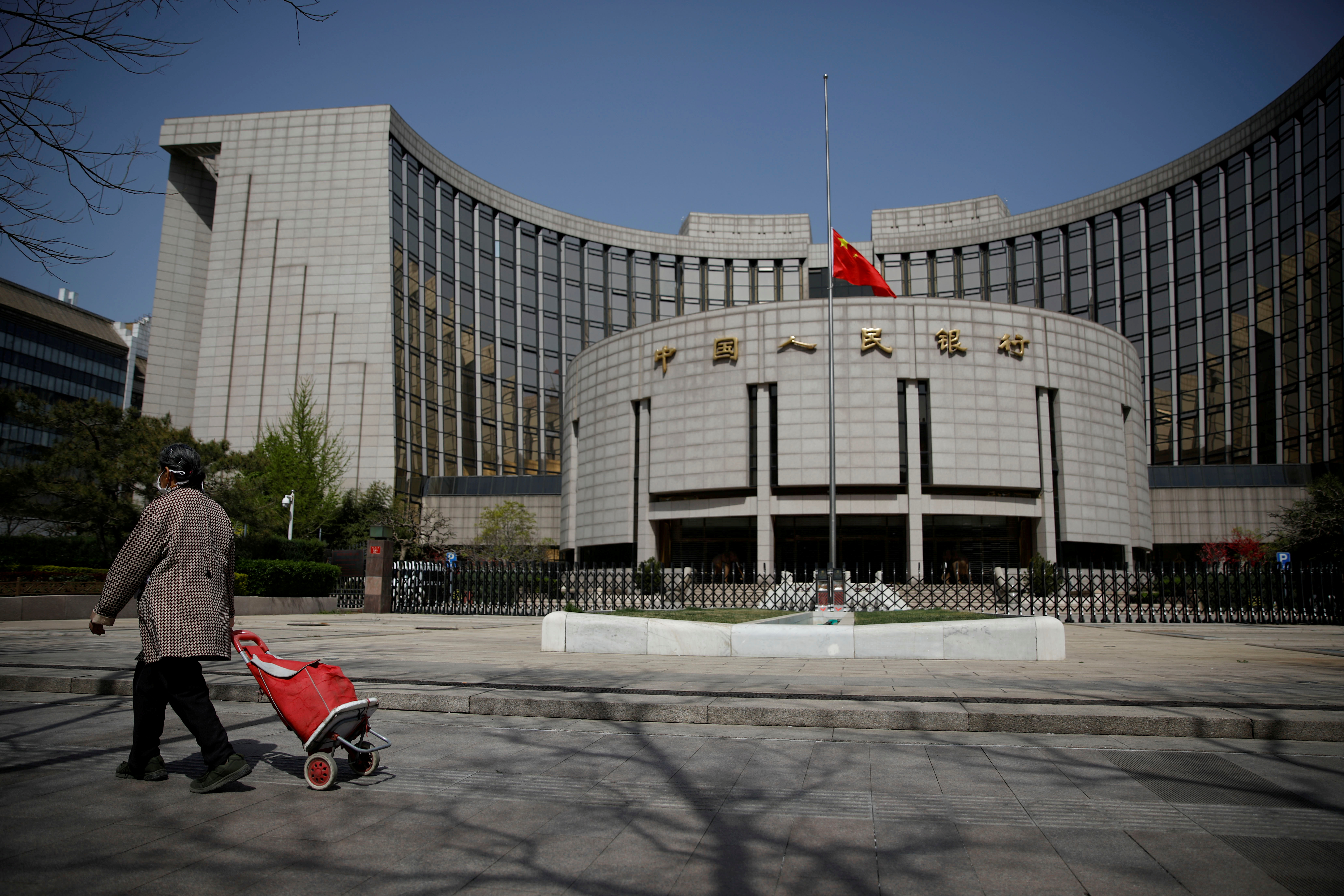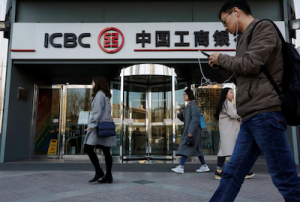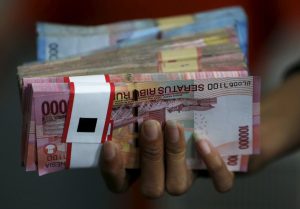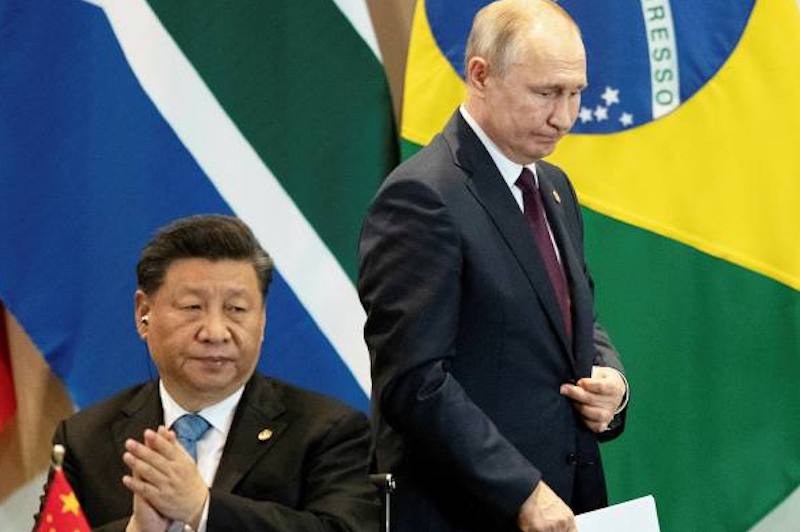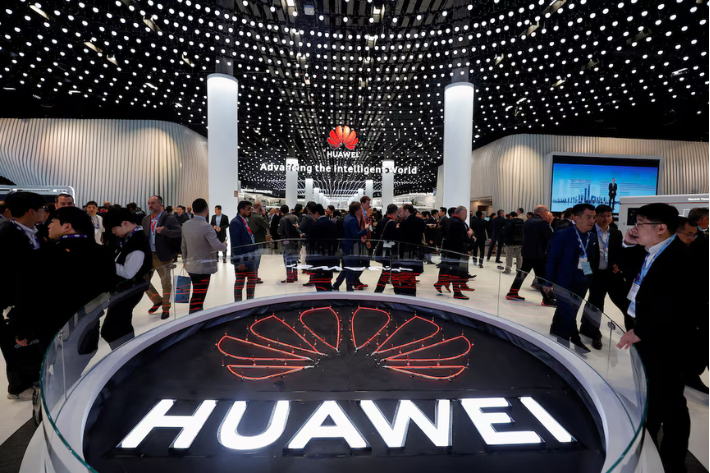(ATF) Commercial banks in China kept the rates they charge corporates and home owners unchanged as signs emerged quantitative controls on lending would be the preferred monetary policy tool.
China kept its benchmark lending rate for corporate and household loans unchanged for an 11th straight month at its March fixing on Monday.
The one-year loan prime rate (LPR), on which most new and outstanding loans in China are based, was kept at 3.85%. The five-year LPR, which influences the pricing of mortgages, remained at 4.65%.
“Comments by Governor Yi Gang over the weekend suggest the central bank believes it can both stabilise the debt ratio and keep liquidity conditions loose,” said Julian Evans-Pritchard, and Sheana Yue, of Capital Economics.
The People’s Bank of China (PBOC) Governor Yi Gang said in a speech on Saturday “monetary policy needs to balance between supporting economic growth and preventing risks”. His remarks reiterated the need to prevent financial risks and cooling credit growth while stabilising leverage.
The move was widely anticipated since the PBOC had not adjusted the rate on its medium-term lending facility (MLF) this month as it did ahead of the past three LPR moves. This would have been the most straightforward way for the PBOC to influence the LPR, which is set as a spread above the MLF rate.
Evans-Pritchard and Yue said: “This points to a preference for using quantitative controls to rein in lending rather than higher interest rates.”
They added that credit conditions are set to be less favourable this year and that the key point for the economy is that credit conditions are being tightened, even if rates are left on hold.
Surveys of banks suggest that much of the relaxation in loan approvals in response to the Covid-19 downturn has already been reversed, the impact of which is evident in slower credit growth.
Data released earlier this month showed aggregate financing (AF) fell to 1,710 billion yuan in February from 5,174 billion in January, and new loans dropped to 1,360 billion from 3,580 billion.
While the drop was less sharp than expected, the broad direction of change would remain unchanged.
“We expect year-on-year outstanding AF and loan growth to drop noticeably in March on a much higher base and maintain our forecast for year-on-year outstanding AF growth to slow to around 11.5% towards end-2021,” Ting Lu, Nomura’s Chief China Economist said.
“AF growth most likely will drop to below 13.0% (might be close to 12.5%) year-oon-year in March.”




